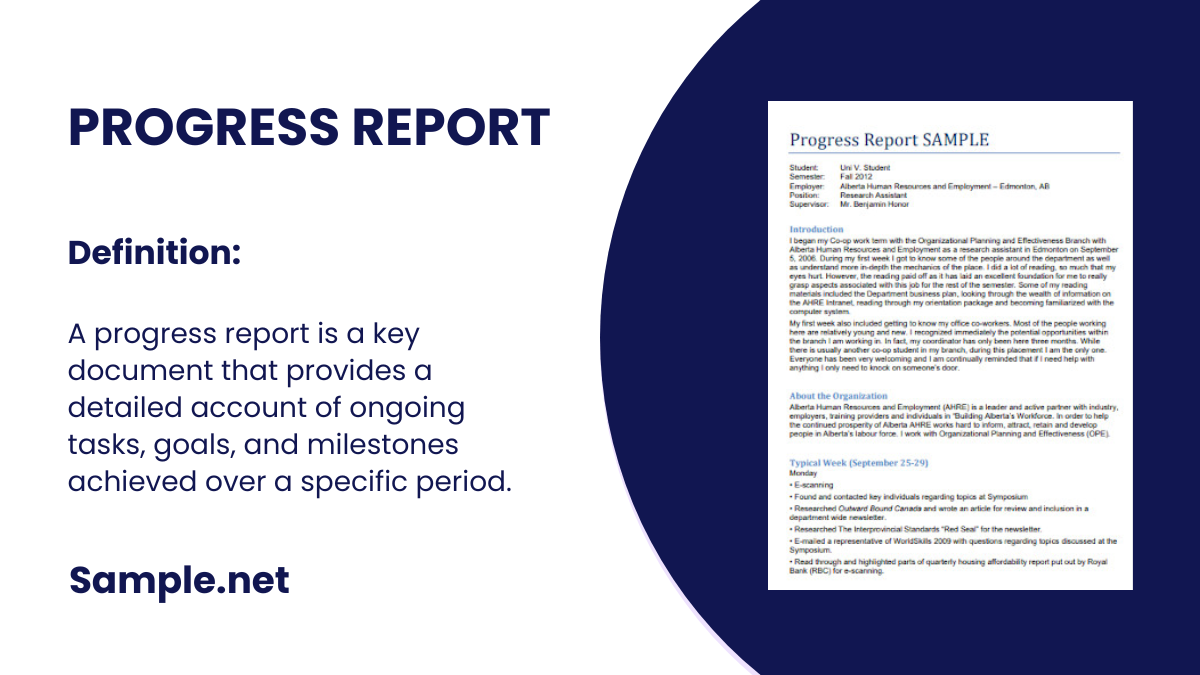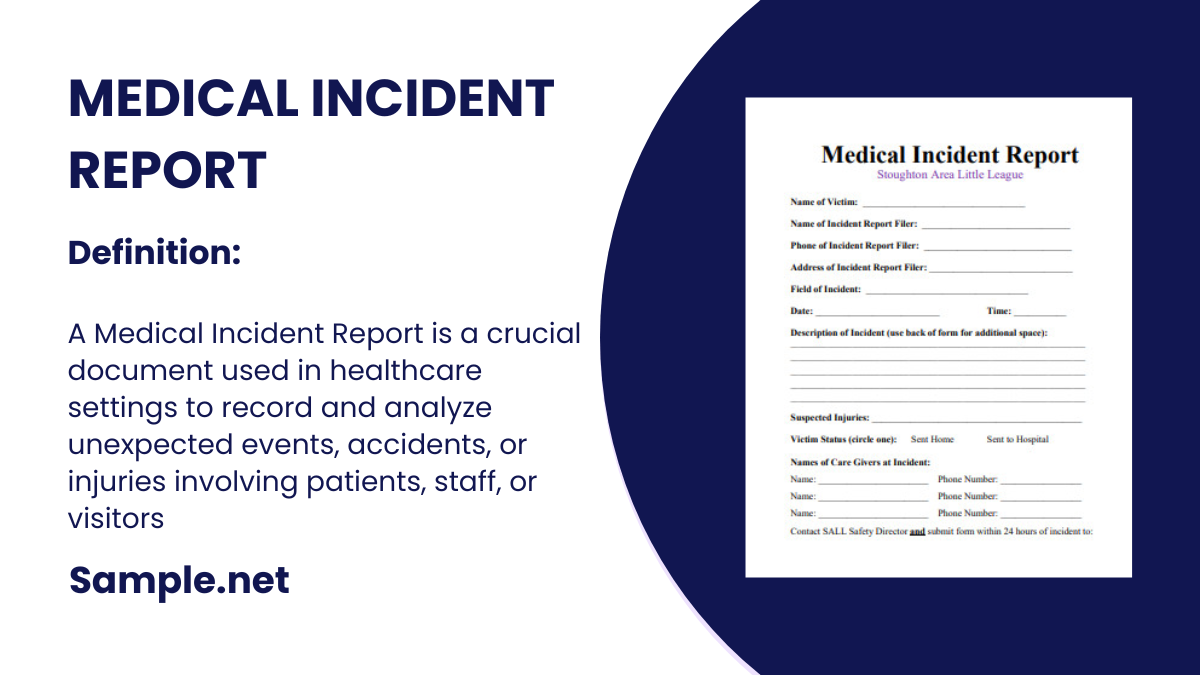A progress report is a key document that provides a detailed account of ongoing tasks, goals, and milestones achieved over a specific period. It helps stakeholders track project development,…
continue reading
25+ SAMPLE Construction Site Visit Report
-
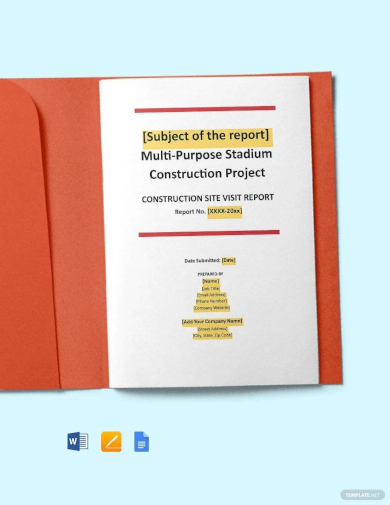
Construction Site Visit Report Template
download now -
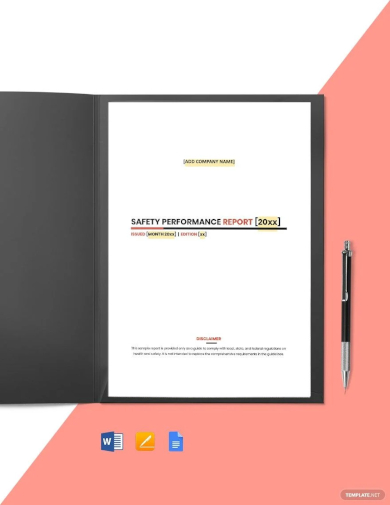
Construction Site Safety Report Template
download now -
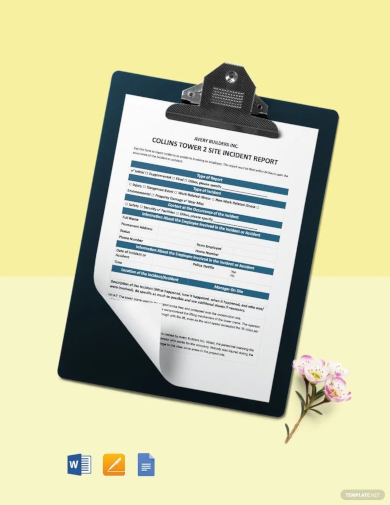
Construction Site Incident Report Template
download now -
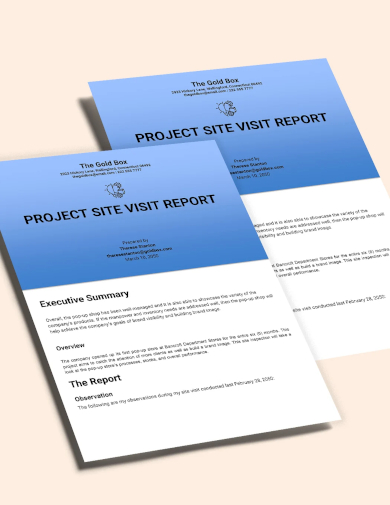
Project Site Visit Report Template
download now -
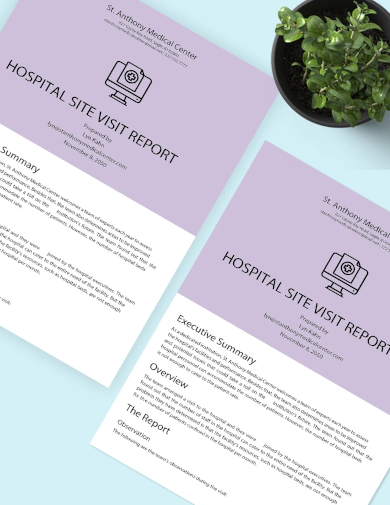
Hospital Site Visit Report Template
download now -
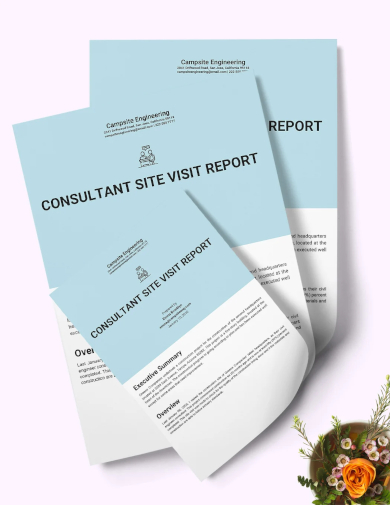
Consultation Site Visit Report Template
download now -
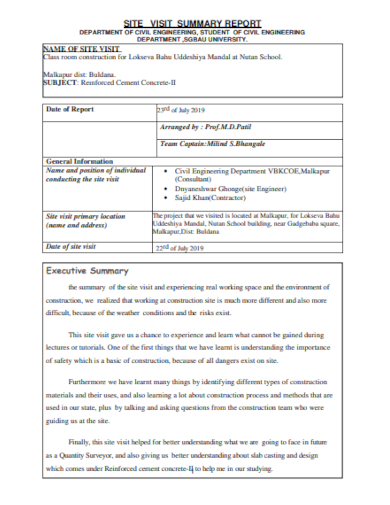
Construction Site Visit Summary Report
download now -
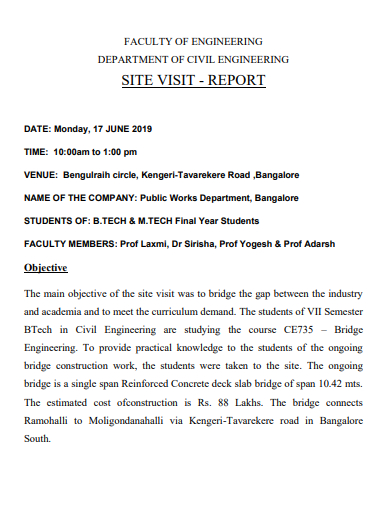
Construction Engineering Site Visit Report
download now -
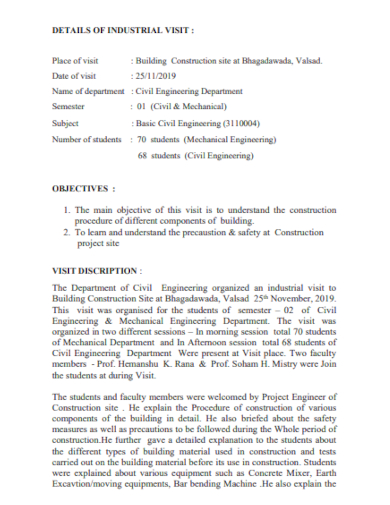
Construction Industrial Site Visit Report
download now -

Sample Construction Site Visit Report
download now -
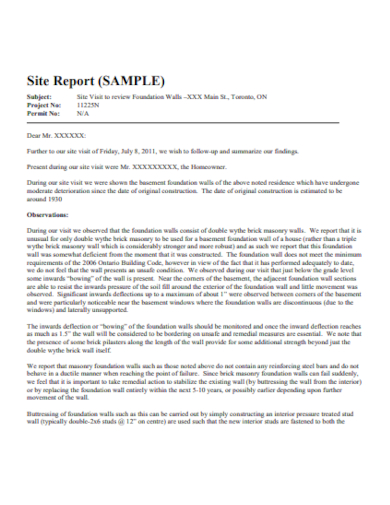
Construction Site Visit Report in PDF
download now -
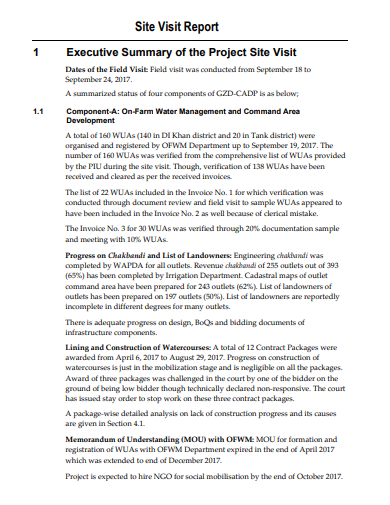
Construction Site Visit Executive Summary Report
download now -
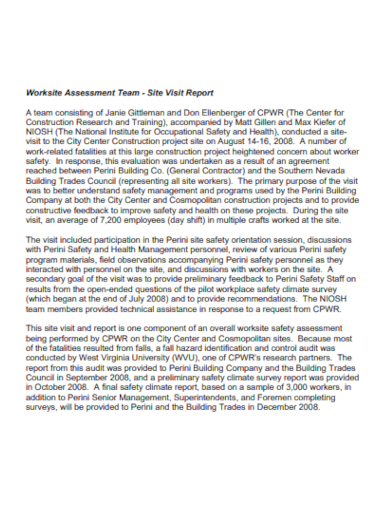
Construction Site Work Assessment Visit Report
download now -
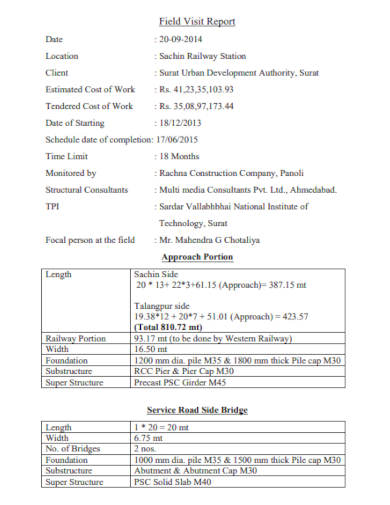
Construction Site Field Visit Report
download now -
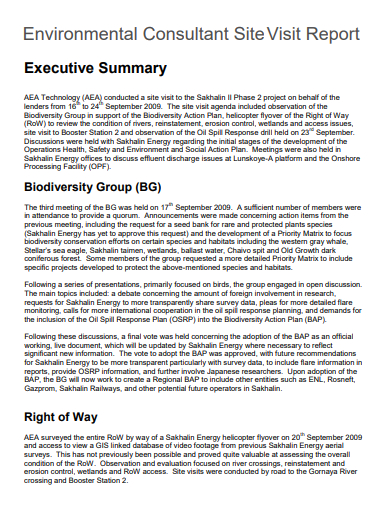
Construction Environmental Site Visit Report
download now -
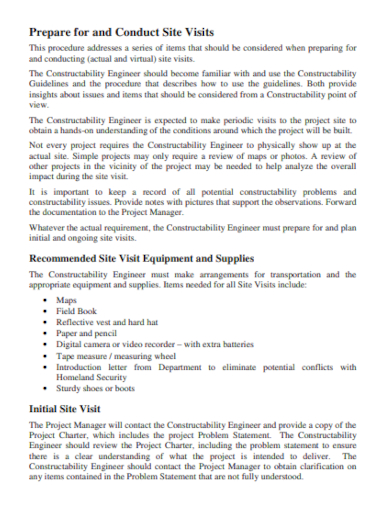
Construction Site Visit Report Format
download now -

Construction Site Visit Progress Report
download now -
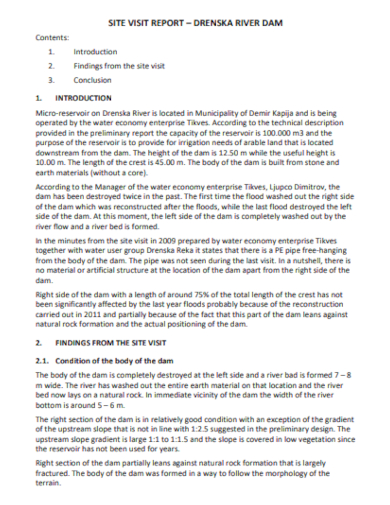
Bridge Construction Site Visit Report
download now -
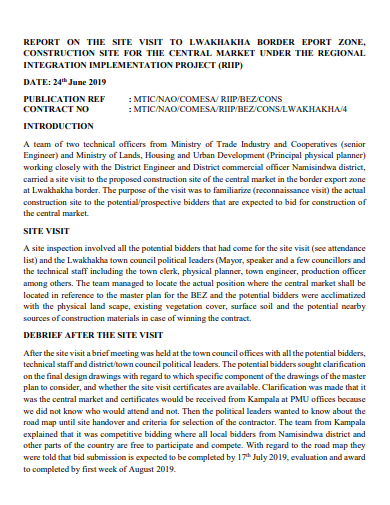
Road Construction Site Visit Report
download now -

Construction Project Site Visit Report
download now -
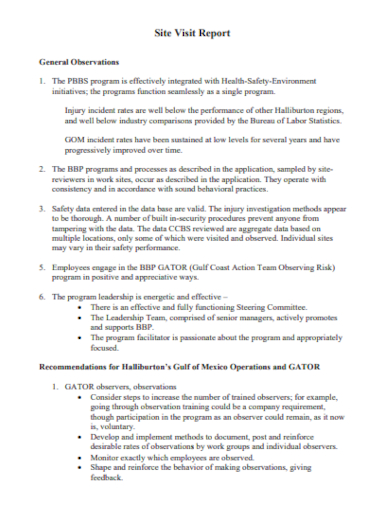
Construction Site Recommendation Visit Report
download now -

Civil Engineering Site Visit Report
download now -
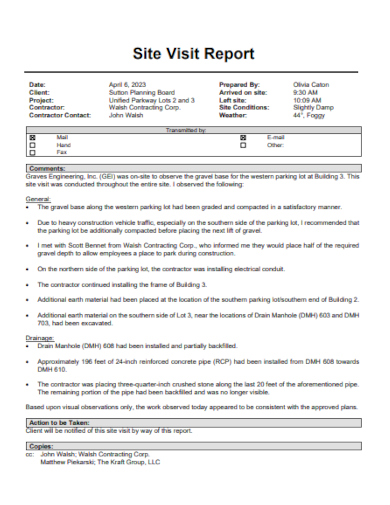
Building Construction Site Visit Report
download now -
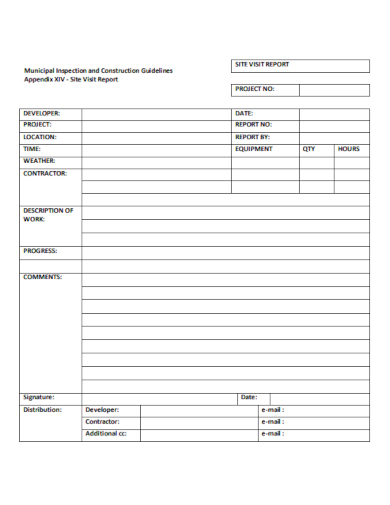
Construction Site Inspection Visit Report
download now -
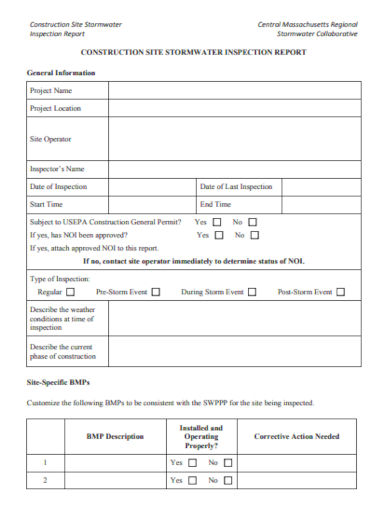
Construction Site Operator Visit Report
download now -

Report of Construction Site Visit
download now
Definition:
A Construction Site Visit Report is a formal document generated after inspecting a construction site. It provides a comprehensive overview of the project’s current status, observed work practices, site conditions, safety compliance, equipment utilization, and potential challenges. This report serves as a record of observations, offering insights and recommendations for ensuring smooth project progression and adherence to standards.
A Deep Dive into On-Ground Realities:
In the multifaceted world of construction, theoretical planning and real-time execution often dance on the delicate edge of precision and practicality. To ensure that the blueprint transforms seamlessly into brick and mortar, on-ground observations become crucial. Enter the Construction Site Visit Report, a vital tool capturing the heartbeat of the site, giving stakeholders a holistic view of the ongoing work, potential challenges, and the pace of progress. Through these reports, the dynamic world of construction is demystified, providing clarity, accountability, and direction.
Understanding the Purpose and Significance of the Report:
The Construction Site Visit Report is not just a procedural document; it’s a crucial tool that serves multiple functions in the realm of construction management.
Purpose of the Report:
- Documentation: The report creates a recorded snapshot of the project’s status at a specific time, capturing details that can be referred back to if questions arise in the future.
- Communication: It serves as a structured communication tool, ensuring all relevant parties—be it site supervisors, project managers, stakeholders, or clients—are informed about the site’s present conditions and any observed issues.
- Quality Control: By highlighting discrepancies, deviations, or quality lapses, the report aids in maintaining the desired quality standards of the project.
- Safety Assurance: The report emphasizes safety protocols and identifies potential safety hazards, ensuring that workers’ safety remains a top priority and regulatory standards are met.
- Issue Identification and Resolution: Anomalies, bottlenecks, or concerns noted in the report can be promptly addressed, reducing potential downtime or project delays.
- Feedback and Recommendations: The report provides a platform for inspectors or visitors to offer feedback or suggestions, potentially improving project processes or outcomes.
Significance of the Report:
- Accountability: It fosters a sense of responsibility among the construction team, knowing that regular site visits will capture the real-time status and any deviations.
- Historical Record: Over time, these reports collectively serve as a history of the project’s evolution, documenting its journey from inception to completion.
- Stakeholder Confidence: Regular and transparent reporting assures stakeholders of the project’s direction and health, nurturing trust and confidence in the executing team.
- Risk Mitigation: By identifying and documenting risks early, the report aids in timely risk management, preventing potential financial or reputational damages.
- Benchmarking: The insights drawn from these reports can be used for performance benchmarking, measuring project progress against set standards or past projects.
Key Components to Include in the Report:
-
Report Header:
- Project Name: The title or identifier of the construction project.
- Date of Visit: When the site inspection took place.
- Report Number: A unique identifier or sequence number for the report, especially if reports are frequent.
-
Visitor Details:
- Name: Who conducted the site visit.
- Title/Position: The visitor’s role or designation.
- Company/Affiliation: Which organization the visitor represents.
-
Site Details:
- Location: Address or description of the construction site.
- Project Manager/Supervisor: The person in charge on the site.
- Project Phase: Current stage of the construction project (e.g., foundation, framing, finishing).
-
Work Progress:
- Completed Tasks: Activities that have been finalized since the last report or visit.
- Ongoing Tasks: Current activities on-site.
- Planned Tasks: Upcoming work scheduled for the next period.
-
Safety Observations:
- Compliance: Noting adherence to safety protocols and standards.
- Incidents/Accidents: Any accidents or near-misses that have occurred.
- Safety Concerns: Potential hazards or unsafe practices observed.
-
Equipment and Material:
- Usage: A list of equipment and machinery in use.
- Condition: Noting any malfunctioning or damaged equipment.
- Material Stock: Observation of material inventory, highlighting shortages or surpluses.
-
Labor/Staff:
- Attendance: Number of workers present during the visit.
- Performance: General observations on work quality and efficiency.
- Training/Competence: Notes on any observed skill gaps or training needs.
Effective Practices for Drafting a Comprehensive Report:
Creating an impactful and comprehensive Construction Site Visit Report necessitates certain best practices. Following these practices can enhance the utility, clarity, and efficiency of your report:
Pre-Visit Preparation:
Know the Objective: Understand the primary purpose of the site visit, be it a routine check, addressing a specific concern, or ensuring compliance with a particular standard.
Review Previous Reports: Familiarize yourself with earlier reports to understand past issues, recommendations, and the project’s progression.
Standardized Format:
Use a consistent format or template for all reports. This facilitates quicker data entry, ensures no critical components are missed, and helps readers easily locate and comprehend information.
Active Observations:
Engage and Interact: Don’t just observe; engage with the staff, ask questions, and clarify doubts.
Use Checklists: To ensure you don’t miss any critical aspects, use a checklist. This can be especially helpful for standardized or routine inspections.
Detailed and Clear Descriptions:
Avoid vague statements. Instead, provide specific and detailed descriptions of observations, making it easier for readers to grasp the context and significance.
Visual Documentation:
Incorporate photographs, diagrams, or sketches whenever possible. They can provide a clearer understanding and act as evidence or clarification for written observations.
Avoid Jargon:
While technical terms are sometimes unavoidable, try to keep the language simple and understandable, especially if the report will be reviewed by individuals not deeply familiar with construction nuances.
Be Objective and Neutral:
Ensure that the report is unbiased. Stick to the facts and avoid inserting personal opinions or speculations.
Highlight Critical Issues:
Prioritize and clearly mark any urgent concerns or safety hazards, ensuring they receive immediate attention.
Confidentiality and Access Control:
If the report contains sensitive information, ensure that it’s shared only with individuals who need to know, and take measures to secure the data.
Review and Proofread:
Before finalizing, review the report for clarity, coherence, and accuracy. Eliminate grammar or spelling errors that could undermine the report’s professionalism.
Feedback and Continuous Improvement:
Seek feedback on the report from peers or supervisors and use this input to refine your reporting process and enhance future reports.
The Impact of a Well-Constructed Site Visit Report:
A well-constructed site visit report can profoundly impact a construction project in various ways, ensuring that all stakeholders remain informed and that the project stays on track. The significance of a thoroughly crafted report can be understood through its multi-faceted impact:
Guided Decision-Making:
The report provides a factual and comprehensive snapshot of the project’s current status. Decision-makers can rely on this accurate data to make informed choices, whether it’s about resource allocation, timelines, or budgets.
Enhanced Accountability:
When workers and supervisors are aware that regular site visits will document every detail, it fosters a sense of responsibility. They become more diligent, ensuring that work aligns with established standards and protocols.
Safety Assurance:
By highlighting safety concerns or potential hazards, the report plays a pivotal role in ensuring the well-being of everyone on the construction site. Addressing these concerns promptly can prevent accidents, thereby safeguarding workers and protecting the project from unexpected disruptions.
Efficient Resource Management:
A meticulous report gives insights into resource utilization, be it manpower, equipment, or materials. Such insights can prevent wastage, ensure timely procurement, and optimize resource deployment, leading to cost and time savings.
Stakeholder Confidence:
Regular and transparent reporting is a testament to the project’s professionalism and commitment to excellence. It instills confidence in stakeholders, from clients to investors, assuring them that the project is progressing as planned and that their interests are being safeguarded.
Dispute Prevention and Resolution:
By documenting the project’s progress, challenges, and on-site conditions, the report serves as an objective record. In the event of disagreements or disputes, it can provide clarity, aiding in quick resolution and ensuring that work isn’t hampered.
Continuous Improvement:
Feedback and recommendations from site visits can be invaluable for process improvements. Whether it’s a more efficient way to handle a task, a new safety measure, or a solution to a recurring challenge, insights from the report can drive continuous enhancement in work methods and outcomes.
Historical Record and Benchmarking:
Over the duration of the project, a series of well-constructed site visit reports creates a historical record of the project’s evolution. This can be invaluable for future projects, offering insights, setting benchmarks, and providing a reference for best practices.
Why is a site visit report crucial for construction management?
A site visit report is crucial for construction management as it provides an objective snapshot of on-site progress, identifies potential issues, ensures safety compliance, and facilitates informed decision-making, thereby optimizing resources and maintaining project timelines.
How frequently should site visits and corresponding reports be conducted?
Site visits and corresponding reports should be conducted regularly, depending on the project’s complexity and stage. For critical phases or large projects, weekly visits might be ideal, while for smaller or stable phases, monthly assessments could suffice, ensuring consistent oversight and timely intervention.
Can site visit reports help identify construction quality issues?
Yes, site visit reports can effectively identify construction quality issues by documenting discrepancies, deviations from plans, and non-compliant materials or techniques, ensuring that quality standards are upheld and potential problems are addressed promptly.
What tools and technology can be used to generate site visit reports?
Modern tools for generating site visit reports include digital checklist apps, construction management software like Procore or Buildertrend, mobile reporting platforms with photo integration, and drone technology for aerial inspections, all streamlining data collection and report generation.
How are equipment and material inventories documented in a site visit report?
In a site visit report, equipment and material inventories are documented by listing quantities on-hand, noting conditions, tracking usage rates, capturing photographs, and comparing against project requirements to highlight shortages, surpluses, or potential wastages, ensuring efficient resource management.
When reports assist in budget monitoring and financial planning?
Reports assist in budget monitoring and financial planning by providing real-time data on resource utilization, tracking expenditures against forecasts, highlighting cost overruns, and offering insights into future financial requirements, ensuring projects remain financially viable and within allocated budgets.
In the intricate dance of construction, a construction site visit report stands as a crucial spotlight, illuminating on-ground realities and providing unparalleled insights. It transcends mere documentation, fostering transparency, and bridging the gap between planning and execution. As the linchpin of effective project oversight, such reports are indispensable, ensuring that every stakeholder remains informed, engaged, and confident in the project’s direction and progress.
